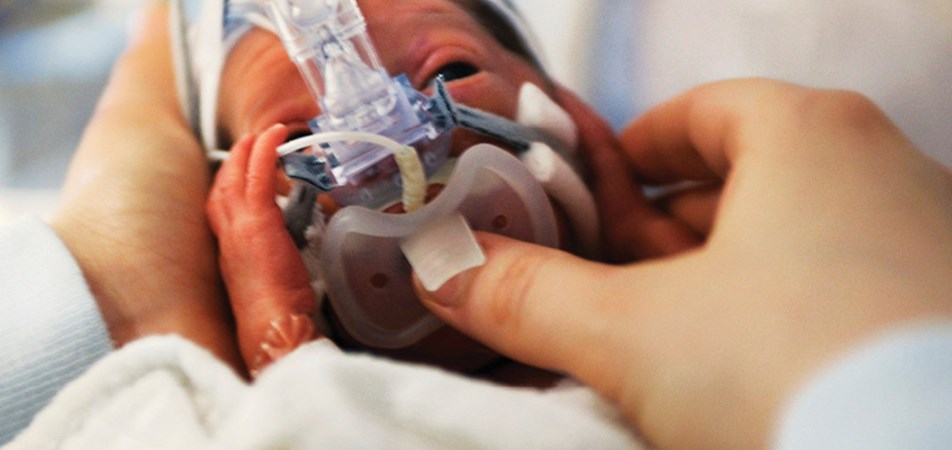To recover your password please fill in your email address
Please fill in below form to create an account with us

The TORPIDO30/60 study is trying to find out how much oxygen is best for very premature babies. It will compare short and long term outcomes of premature babies who have had one of two different but commonly used levels of oxygen, to see if using higher or lower levels in the periods just after birth is better the for baby in the short and long term.
See ANZCTR for full trial details >
|
Trial Summary: |
Oxygen is necessary for life, but both too much or too little can damage eyes, lungs and brain of very premature babies. These babies often need additional oxygen after birth as their lungs are not fully developed, however their ability to cope with too much oxygen (oxidative stress) is limited. The Torpido30/60 study will compare short and long term outcomes of preterm infants born at less than 29 weeks gestation who have had initial respiratory care in the delivery room with one of two different but commonly used levels of oxygen, to see if using higher or lower levels during the period just after birth is better for the baby in the short and long term. |
|
Supported By: |
NHMRC |
|
Eligibility: |
Infants born less than 29 weeks gestation. |
|
Registration ID: |
ACTRN12618000879268 |
|
Participation: |
A target of 1470 babies born less than 29 weeks gestation requiring resuscitation in the delivery room. |
|
Australian Lead Group: |
NHMRC CTC |
|
Status: |
In follow-up |
|
Activation Date: |
01/08/2018 |
|
Chairs: |
Dr Ju Lee Oei & Prof William Tarnow-Mordi |
|
Contact: |